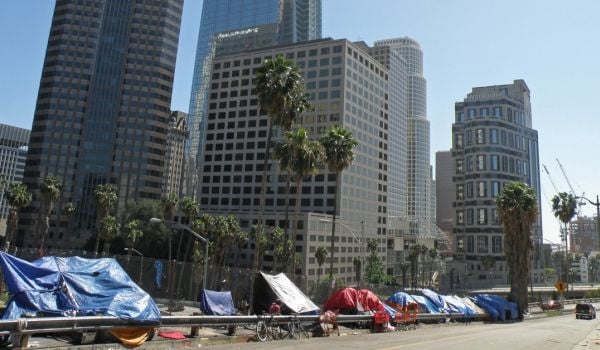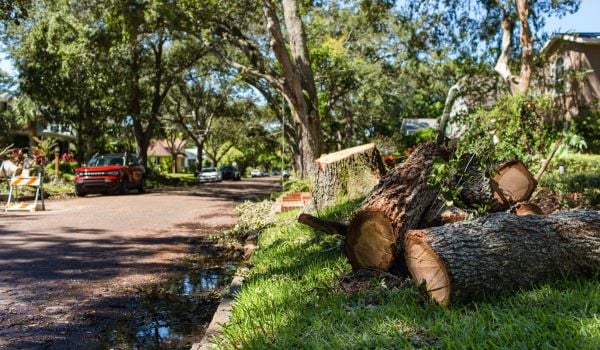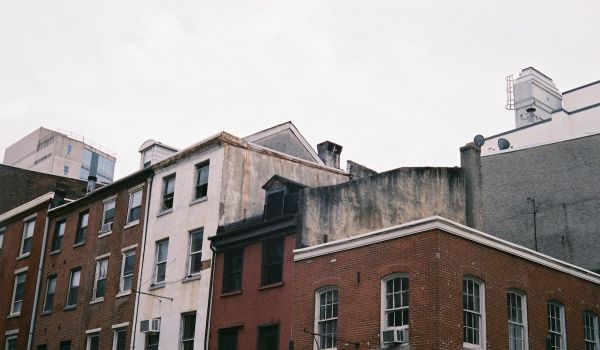Between all the mammoth S.U.V.s, boxy minivans and compact cars, parallel parking in any city can be a nightmare. Come Sept. 19 to the streets of Los Angeles, New York, Philadelphia and several other cities, drivers desperately vying for precious curbside parking will also have to compete with potted plants, park benches, bicycles and some clever environmental activists.
Park(ing) Day encourages city residents to temporarily – and legally – take over curbside parking spaces and convert them into miniature parks for public use. The idea behind the event is to rededicate public land tailored to an unsustainable automobile culture and use it to create open green spaces in cites where public parks are scarce.
Nationwide Park(ing) Day was inspired by an effort in San Francisco in 2005. REBAR, a collaborative group of artists, designers and activists, made headlines for turning a metered parking spot into a public park for a day. The movement soon spread across the country and has since moved to other 50 cities around the globe. Last year’s Park(ing) Day resulted in the creation of over 200 temporary parks.
Through these coordinated and peaceful acts of guerilla gardening, organizers hope to spark a dialogue about the way public lands are used in urban areas. For cities like Los Angeles and Philadelphia, dialogue is hopefully just the first step.
Despite having the nation’s tenth largest municipally owned park – the 4,218-acre Griffith Park – most of Los Angeles lacks access to public lands, according to a 2007 needs-analysis survey conducted by the Trust for Public Land. The nation’s second largest city only has 1.3 park units per 10,000 residents, one of the lowest ratios among all American cities. By contrast, St. Petersburg, Fla., which has just one-twentieth the population of Los Angeles, boasts 13.3 park units per 10,000 residents, the highest ratio in the nation.
Philadelphia, whose residents suffer from a similar lack of access to open space, could stand to benefit from this year’s event. Like Los Angeles, Philadelphia maintains one of the largest municipally owned parks in the country – Fairmount Park. Aside from this considerable swath of green space that borders the windy Schuylkill River through Philadelphia County, the City of Brotherly Love is much deprived of park areas, maintaining only 2.1 park units per 10,000 residents.
The 4,100-acre Fairmount Park lies on the western periphery of the city’s most densely populated areas. With the exception of Independence National Historical Park – home to Independence Hall, the Constitution Center and the Liberty Bell – and Franklin Delano Roosevelt Park tucked away to the far south of the city, park areas are limited to a few playgrounds and fields scattered haphazardly across the grid.
One can only imagine how the notoriously vigilant Philadelphia Parking Authority, subject of the A&E reality show “Parking Wars,” and perhaps the most efficient branch of the city government, will react to a few potted plants along its more populated roadways. Assuming Park(ing) Day’s guerilla gardeners keep the meters running, the event should prove to be a rare, albeit brief opportunity to enjoy a little more green among these red and brown buildings.















